Game description:
Grotesqueresque is a narrative-driven horror anthology game created by A. V. Dossow for an RPG Maker horror jam. The game is built around ten self-contained vignettes, each offering a brief but unsettling experience. These segments are presented through the framing of a puppet show, with a marionette figure introducing each scene from a darkened stage. Each story uses minimal interaction, simple visuals, and distinct tone shifts to deliver a variety of horror concepts. The game runs in-browser or as a downloadable file for multiple platforms.
Story delivery and structure
Each vignette in Grotesqueresque starts with a unique title card and ends with a summary screen that reflects the player’s outcome. The stories are not connected narratively, but the puppet host serves as a constant between them. Themes vary widely—from strange creatures and failed experiments to dreams and forgotten memories. The game avoids exposition-heavy storytelling and instead relies on suggestion, silence, and ambiguity. Short playtime per chapter keeps the pacing tight and encourages replay to uncover alternate outcomes or endings.
Gameplay format and segment diversity
The interaction in Grotesqueresque is kept minimal but varies slightly between stories. Players can walk, make simple choices, or perform context-based actions depending on the story. While some segments function as linear scenes, others present decisions that lead to multiple conclusions.
Core features across stories include:
· Dialogue-based choice mechanics
· Scene-specific movement or reaction input
· Short puzzles in selected chapters
· Pixel-based visual design and animation
· Multiple endings in several vignettes
This variability keeps each chapter fresh, while the limitations in controls and screen layout ensure accessibility across all segments.
Visual identity and sound design
Grotesqueresque uses a consistent pixel art style with differences in palette and animation to distinguish chapters. Some scenes are quiet and monochrome, while others include brighter colors or more motion. The puppet host’s theater setting acts as a neutral space between stories, grounding the anthology visually. Music is limited but used intentionally to signal shifts in mood, reveal changes in scenes, or accent important moments. The sound design often leans on ambient effects rather than constant background audio, reinforcing a quiet tension.
Reception and development context
Following its release, Grotesqueresque received favorable reviews for its variety, mood, and visual presentation. Players noted that the short length of each chapter made the game easy to engage with and revisit. Some vignettes stood out as particularly memorable, and the developer has responded to feedback with ideas for expanding the format in future projects. The game also acts as a spiritual follow-up to a previous title by the same creator, reflecting an evolution in both design and storytelling approach.









































































































































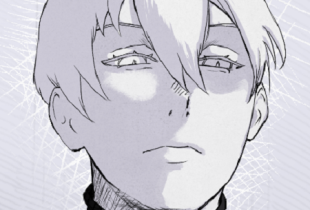
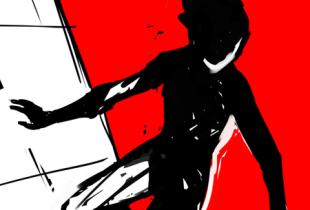
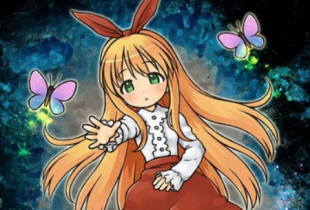
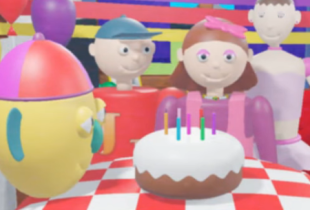
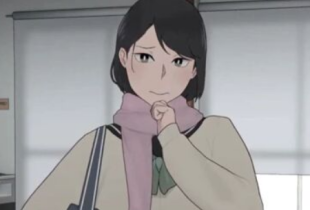


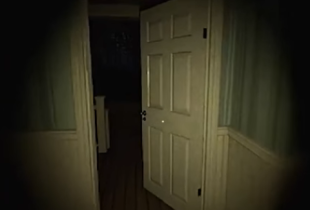
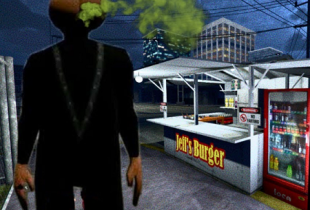
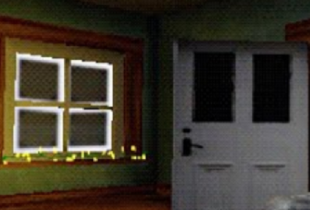
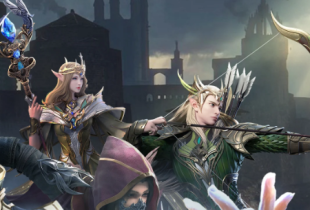
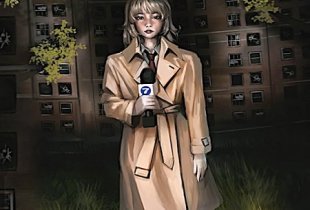
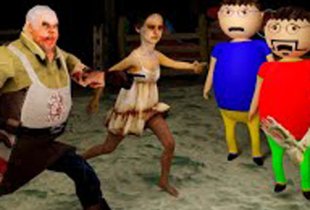

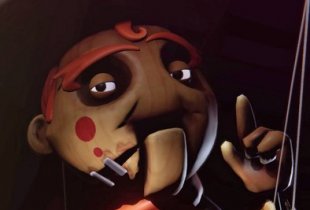
Comments